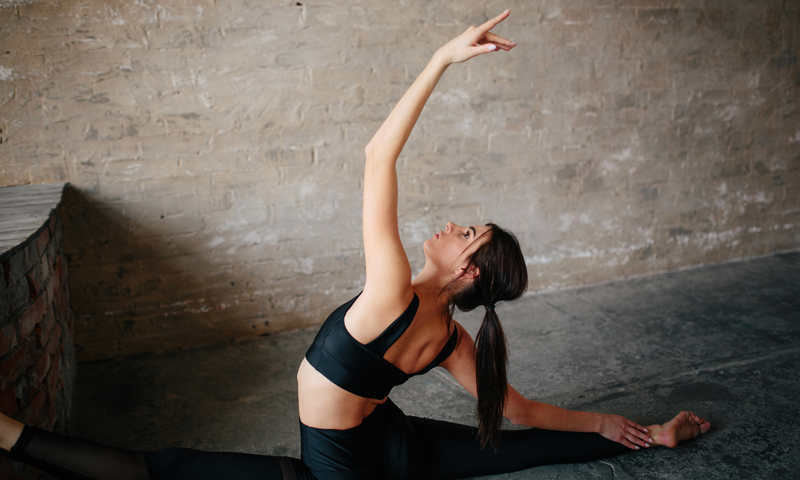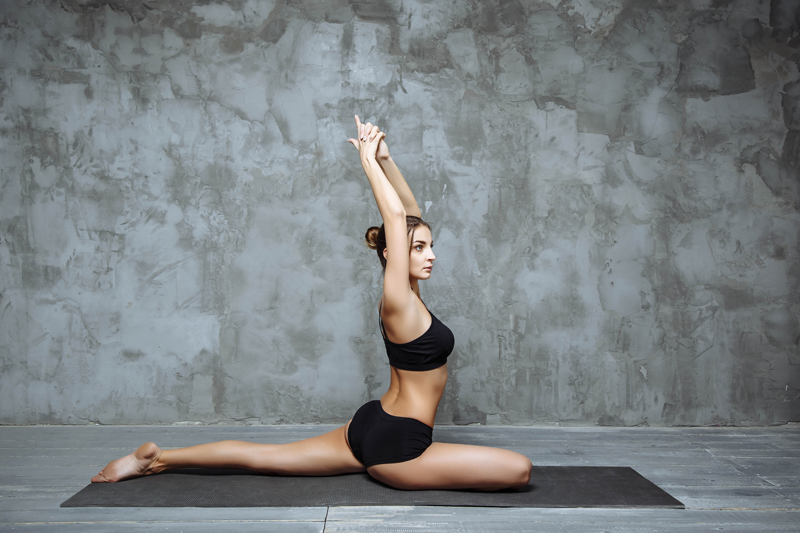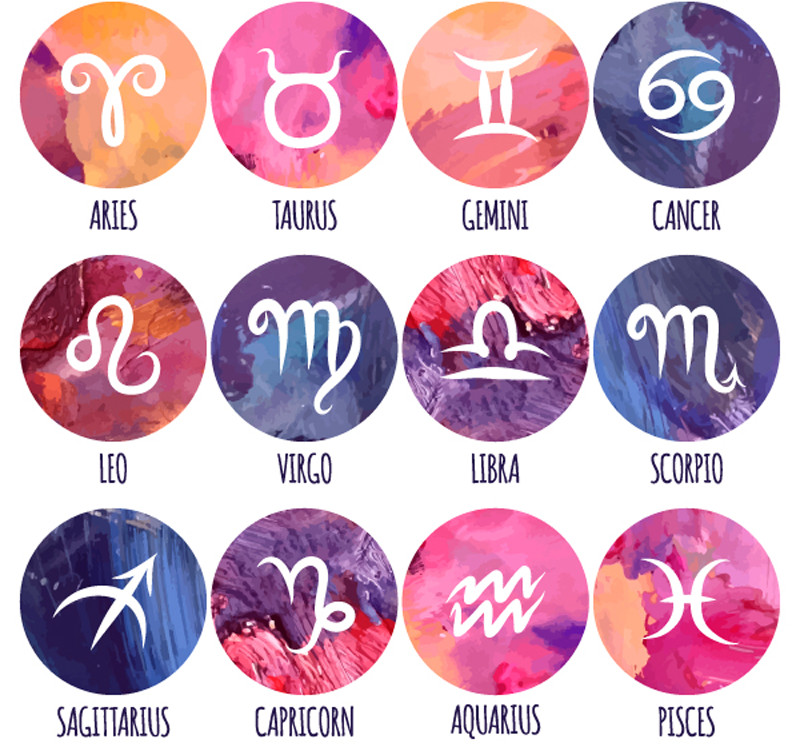
What is ParaYoga?
March 8, 2018
What is Green Yoga?
March 23, 2018What is Raja Yoga?

Today, yoga is often regarded as a form of exercise – especially in the West. However, many styles of yoga are purely designed to benefit the emotional and spiritual body. Raja Yoga works to improve both body and mind, but places focus on emotional and spiritual development. According to Patanjali, the progenitor of Raja Yoga, the goal of the practice is to unite yogis with the higher self. In Sanskrit, the word ‘Raja’ translates to ‘King’ and the word ‘Yoga’ translates to ‘connection’ or ‘union’. With this in mind, Raja Yoga is often referred to as the ‘Royal Yoga’. Believed to have orientated in 300 BC, the technique would have been practiced by many different kings. Eleventh century King, Bhoja, wrote an informative and influential article on the style. This is thought to have contributed to the rise in Raja’s popularity. Unlike other yoga forms, Raja Yoga is rarely practiced in the West. Today, classes in the traditional technique are hard to come across. However, some practitioners choose to practice the style from their own home. If you are interested in learning the technique, it’s worth picking up a comfortable yoga mat before beginning. In this article, we explore Raja Yoga in more detail.
The Eight Limbs
Raja Yoga is based on Patanjali’s ‘Eight Limbs of Yoga’. When each of the eight limbs is used, they come together to form a complete path to self-mastery. In Sanskrit, the limbs are said to create ‘Samadhi’, which translates to ‘Harmony’. While other yoga styles often concentrate on physical postures, Raja focuses on meditation and breathing techniques, instead. Below, we discuss the Eight Limbs of Yoga.
Yama and Niyama
The first two limbs are Yama and Niyama. These are often seen as the main commandments of the technique. The word ‘Yama’ translates to ‘control’, while ‘Niyama’ translates to ‘non-control’. To explain this simply, they are the do’s and don’ts of the practice. Yama teaches you to abstain from violence, stealing, dishonesty, greed, and sexual misbehavior. Niyama promotes contentment, cleanliness, self-examination, and dedication to the Supreme Lord.
Asana
When translated from Sanskrit, Asana means ‘posture’. Many styles interpret this as an instruction to practice physical postures; however, Raja Yoga believes that this limb holds a deeper message. In Raja, ‘Asana’ is interpreted as a still posture, practiced to facilitate mediation.
Pranayama
Prana translates to breath or life energy. In Raja Yoga, the limb teaches practitioners how to control physical and spiritual energy. Many yogis think of Pranayama as the state in which the energy is reversed. Instead of flowing out of the body, it travels inward toward the higher self.
Pratyahara
The Pratyahara limb is all about concentration. In Raja, students are taught how to use the body’s energy once it has been reversed.
Dharana
The sixth limb is Dharana. This refers to the balance of inner awareness. Until Dharana is achieved, our inner awareness is unstable.
Dhyana
The seventh limb is Dhyana, which means absorption. Meditating regularly will teach us to absorb the qualities of meditation. Once this has happened, we will essentially be able to meditate freely without having the concentrate.
Samadhi
The seventh limb is Samadhi. From Sanskrit, this word translates to ‘oneness’. Samadhi can be achieved when we learn how to disperse our ego into our inner awareness. According to Swami Kriyananda, when Samadhi is achieved, there will be nothing to stop us from uniting with the higher self.

Benefits
Like all forms of yoga, Raja boasts an array of great benefits. Below, we discuss some of the most popular ones.
Relieves Stress and Anxiety
Practicing Raja Yoga regularly can help to relieve stress and anxiety. While most yoga styles can achieve this through breathing techniques, Raja Yoga uses meditation, too. By doing so, Raja can keep the mind in a sense of permeant calmness. Unlike breathing techniques and physical postures, internal meditation can be practiced anywhere. This means that Raja Yoga is far superior to other yoga forms when it comes to relieving stress and anxiety.
Improves Relationships
Raja Yoga can also help to improve personal relationships. This can be achieved using the two main aspects of Raja Yoga. The first step is to remember that everybody is a child of God. The soul has no religion attached to it, which means that everybody is equal. The second step is to remember that while everybody has weaknesses, many of them have positive aspects to them. By treating everybody with equal respect and overlooking weaknesses, we can begin to improve our personal relationships.
Improves Memory
Raja Yoga can also help to improve the memory and concentration. Research suggests that the most effective way to enhance these areas is to stay in the present. Through a range of meditation techniques, Raja Yoga teaches us to do exactly that.
Improves Quality of Sleep
To achieve a healthy body and mind, it’s important to get enough sleep. One of the leading causes of insomnia is stress and anxiety. Helping us to relieve tension, Raja Yoga can promote a level of calmness that leads to a better sleep. With this in mind, regular practice of Raja Yoga can allow us to enjoy hours of quality slumber.
In Summary
Whether you’re an experienced yogi or a complete beginner, practicing Raja Yoga regularly can have a positive effect on your physical and emotional health. While a local class may be hard to come across, those interested in practicing Raja Yoga can do so from the comfort of their own home. With many online classes and books available, the technique can be picked up with relative ease. If you are hoping to practice the Raja style, it’s worth picking up a lightweight yoga top to practice in. A breathable material will allow the body to oxygenate sufficiently throughout your session, as well as keeping you comfortable!

